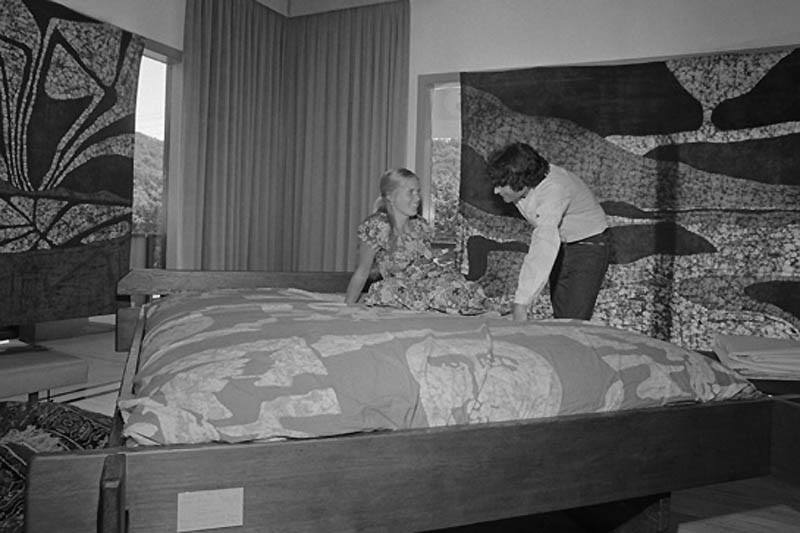The fascinating thing about fads is that they usually make sense at the time. Whether the latest trend is making you eat poison, survive a marathon endurance challenge, or just buy something that doesn’t work, mob mentality can be so convincing that even the smartest among us can be convinced that they’re making the right choice. While the logic might escape us, these 7 facts have everything anyone could want to know about weird crazes and the bizarre people behind them.
The Mask
During the 16th century, many women wanted to keep their skin ghostly pale, as it signified wealth—only poor farm workers would have tans at that time. Since the ravages of traveling generally caused them to get an unsightly tan, many women began wearing visards, black, featureless masks covered in velvet. Women held the visard to their face by clenching an attached button or cord in their teeth, and if the paintings are anything to go by, they looked absolutely terrifying.
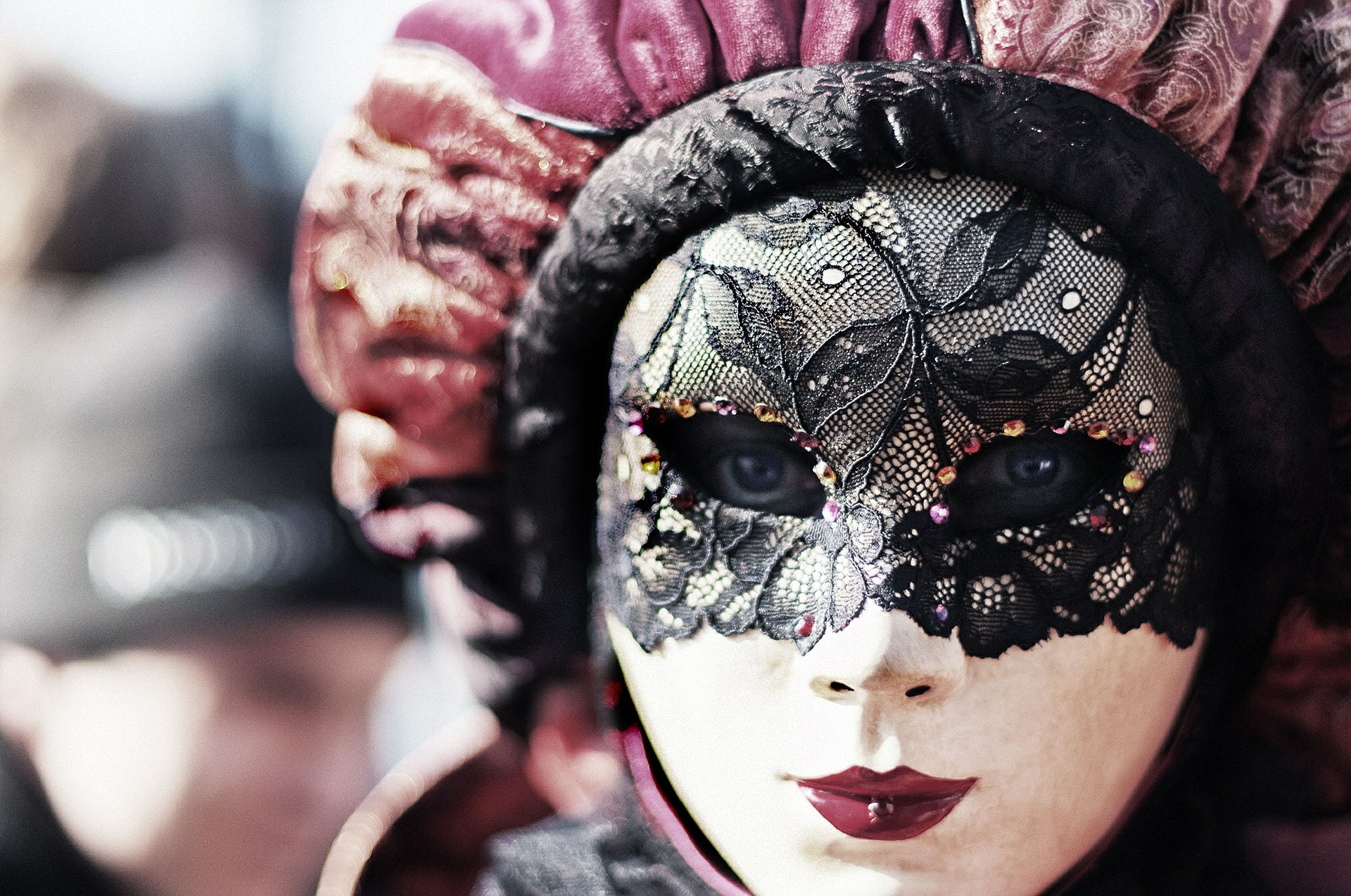
Game of Telephone
In 1959, a group of 25 South African men crammed into a phone booth and claimed a Guinness World Record. Before long, the fad spread all over the world. One Canadian group claimed that they had fit 40 people into a phone booth, but a subsequent investigation found that they had used an extra-large booth. Gasp! How could they?
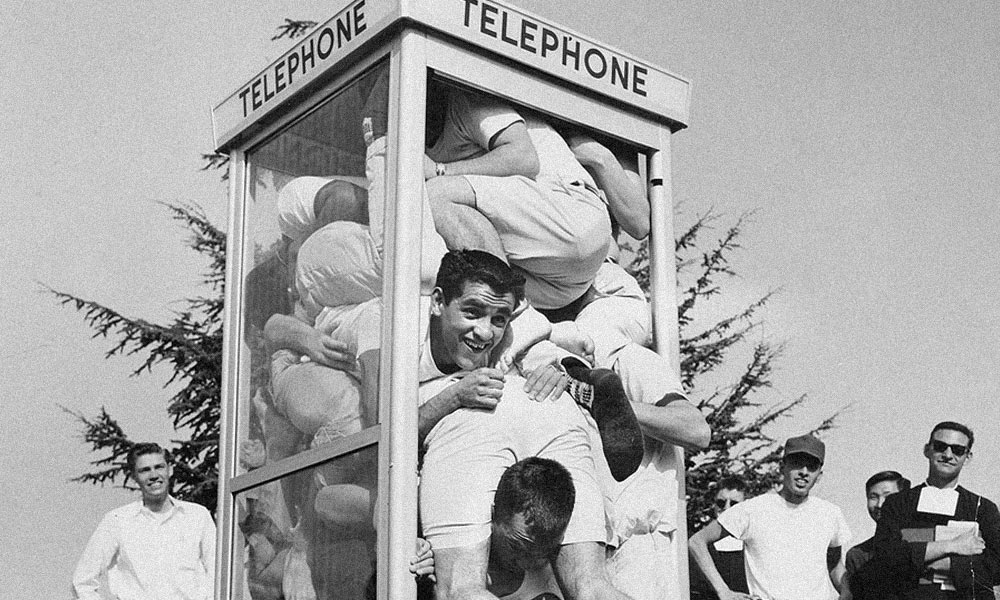
A Touch of Whimsy
In the 18th century, English aristocrats found an eccentric way to add romance to their estates: They would build fake hermitages—that’s the place where a hermit lives—and hire old men to pretend to be hermits. The aristocrat could then amuse guests by getting his hermit to make a surprise appearance.
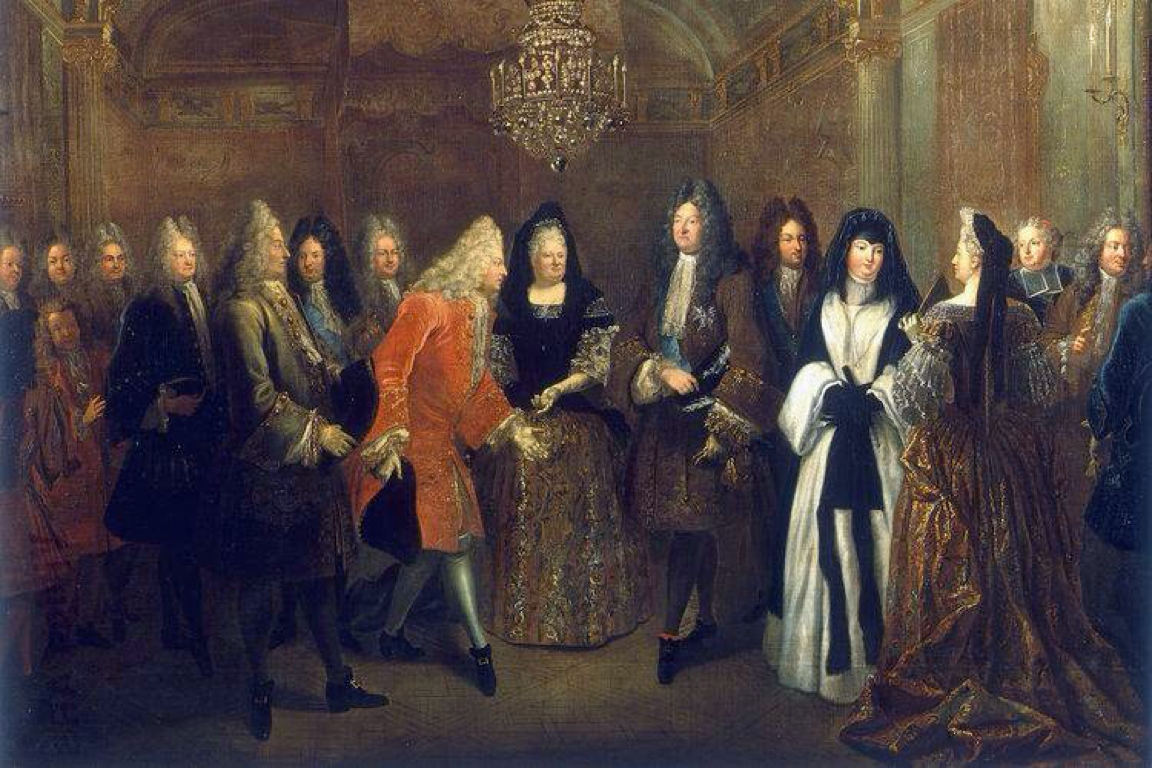
This Was Before TV
Dance marathons took off during the Great Depression. For just 25¢, spectators could watch exhausted couples shuffle like zombies until they collapsed. This competition wasn’t for the faint of heart—the longest dance marathon lasted almost 6 months!
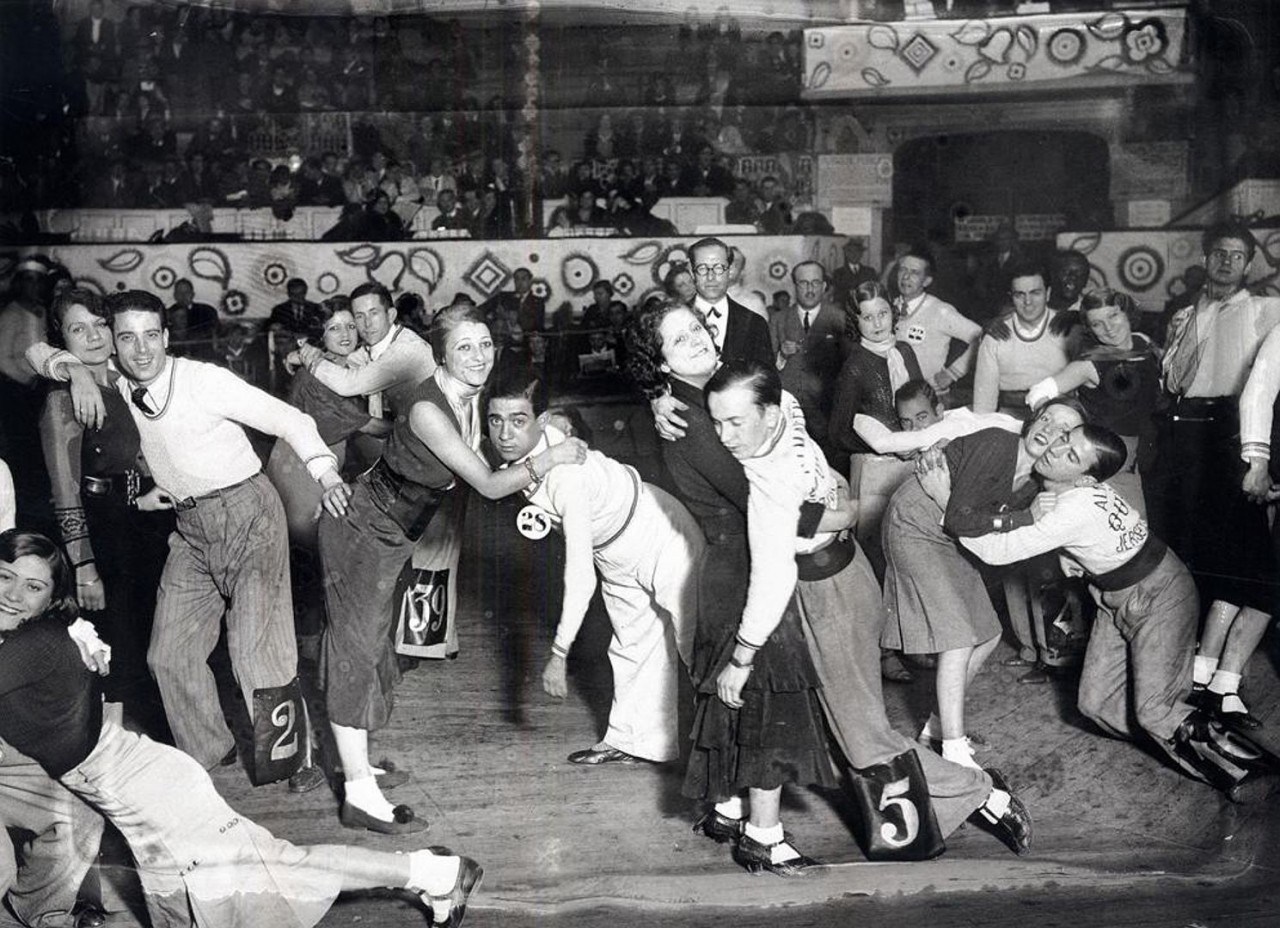
This One Is Not for Cat-Lovers
Some historical fads would cause abject horror now. In 17th and 18th-century France, cat-burning was a popular pastime: People would gather dozens of cats in a sack, then suspend them over a bonfire. Onlookers apparently shrieked with laughter at cries of the animals.
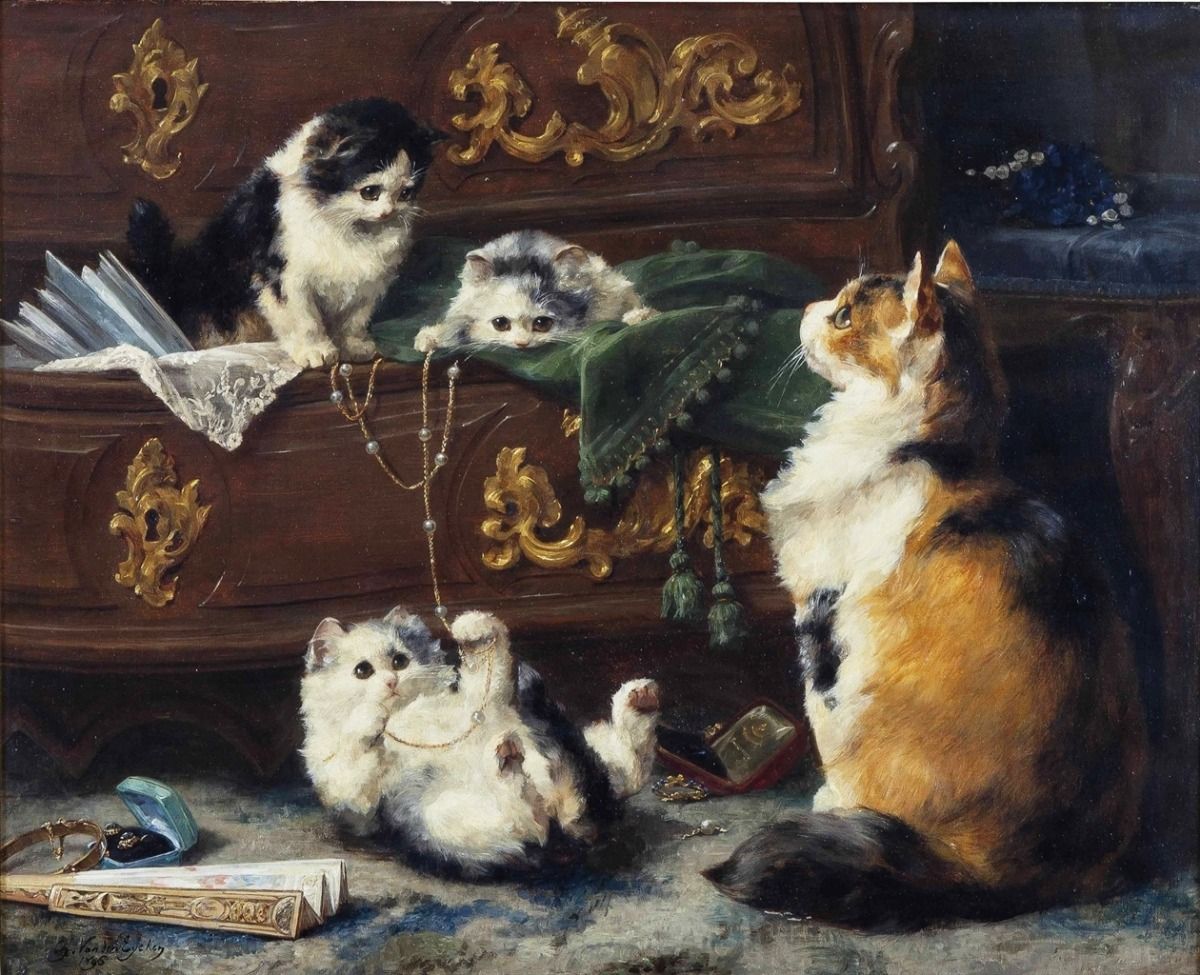
Zoot Suit Riot
In 1930s American slang, “zoot” meant extravagance, and young African-American men embraced over-the-top “zoot suits” in protest against the subservience that society expected of them. The suits featured tapered ankles, lavish draping and pleating, and “shoulders padded like a lunatic’s cell.”
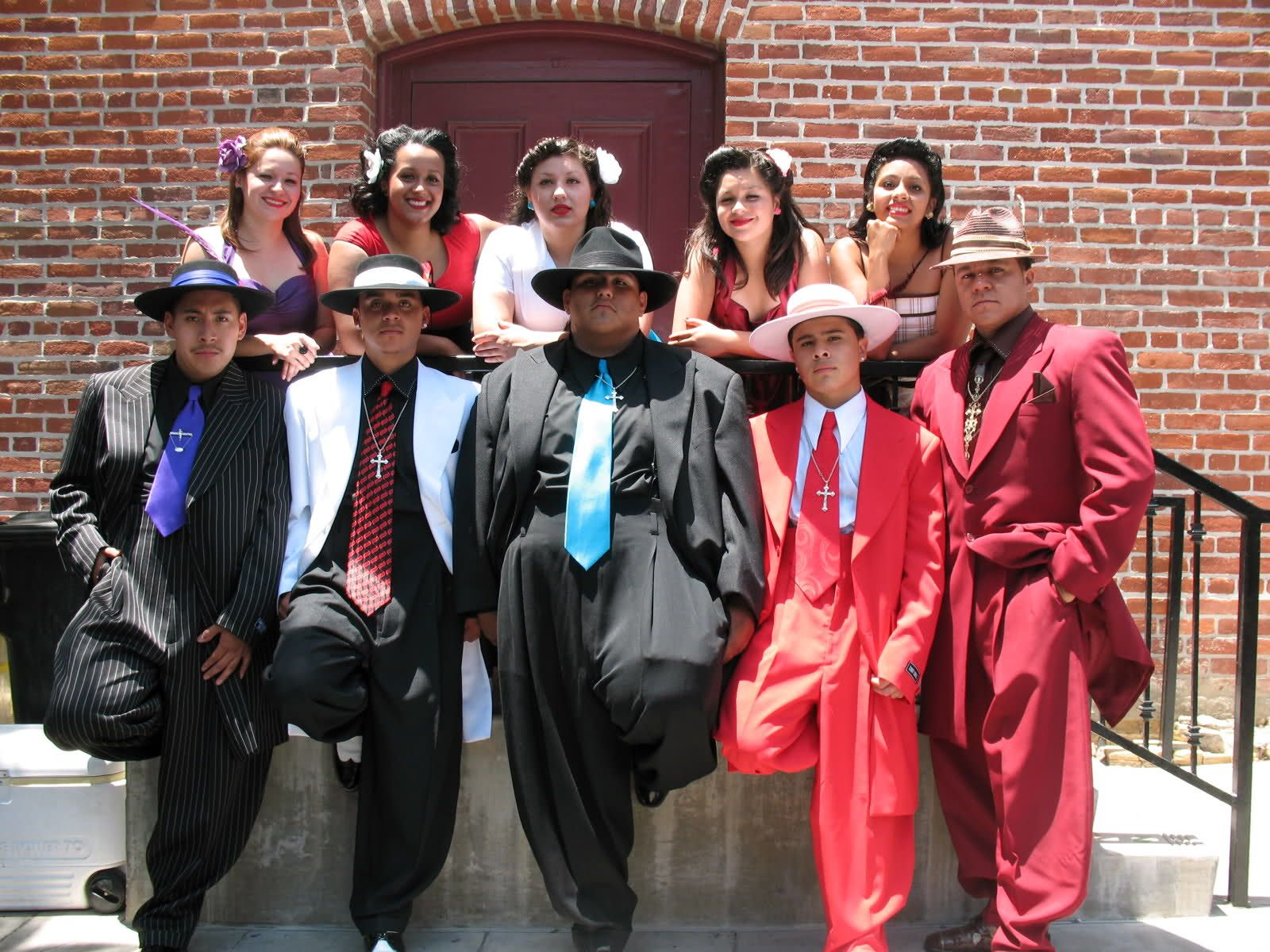
Not Just for Sleeping
When waterbeds took off in the 1970s, their main appeal was their sexiness. Hugh Hefner was said to have a giant waterbed covered in Tasmanian possum fur. Presumably, as people tried to actually sleep on them and either got seasick or into very messy accidents, their popularity faded.
